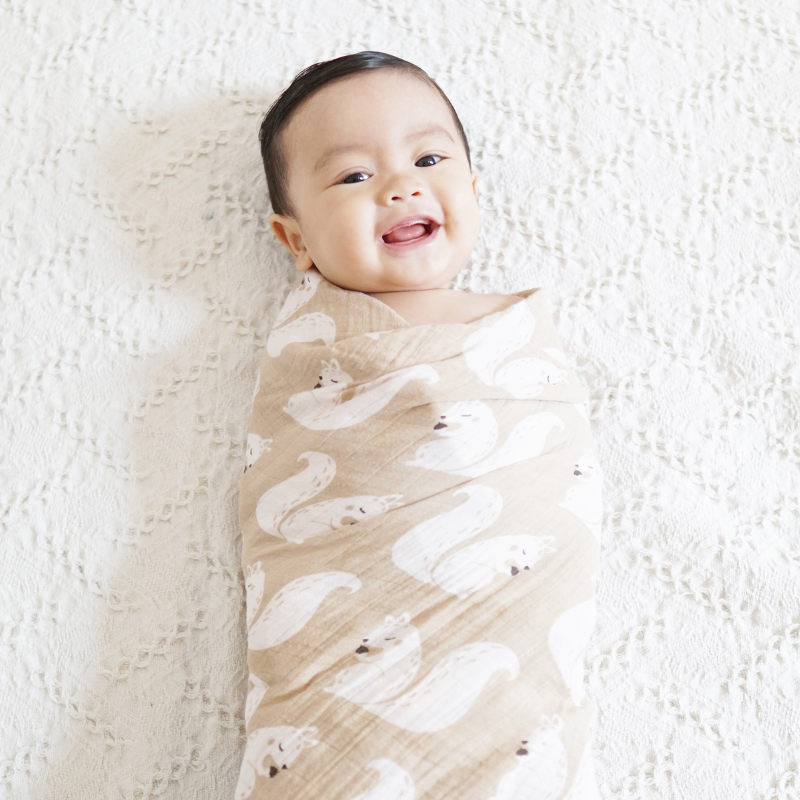
All healthy babies and children can fall asleep easily and independently – if we allow them to. Being able to drift off to sleep by themselves in response to their natural tiredness, and put themselves back to sleep when they rouse between sleep stages, is known as self-settling and is a skill you can help your little one develop from day one.
Now, allowing your baby or child to self-settle off to sleep DOES NOT mean putting them down, shutting the door and coming back in the morning! It means creating the opportunity for them to listen to their body’s natural cues and supporting them throughout the process.
We need to set our little ones up for success, and that means putting all the healthy sleep foundations in place, being receptive to their sleep cues, and stepping back just enough to give them the space they need without distraction.
You may hear from other people that very young babies cannot settle off to sleep on their own, but that’s not actually true. The earlier you start, the easier it will be for both of you because by giving them the opportunity to self-settle, what you’re doing is implementing a consistent routine that everyone can become familiar with. And isn’t life easier when we know what to expect?
If you’re watching this for the first time and your baby is no longer an infant, that’s OK. They CAN still learn how to settle themselves off to sleep on their own. When you’re ready to start, it’s OK to take it slowly – this is YOUR family and you need to do what’s right for you. Maybe that’s helping your little one fall asleep for every sleep except one – like their night-time sleep or one of their day naps. As you both get into the routine and feel more comfortable and confident in the process, you can gradually start putting them down to self-settle for their other sleep too.
So, what does self-settling look like?
Well, a young baby or infant might suck on their thumb or fingers, gently rub their ears or nose, or rock their head back and forth. They might also grizzle and fuss with a low level of crying, that may go up and down, up and down, start and stop which is OK and perfectly normal, before they drift off to sleep. An older baby or child might suck their thumb or fingers, stroke a comforter, or move around in their sleep space. They may also get quite vocal and make loud noises, talk or sing to themselves, they may also cry and fuss as they wind down and release their emotions from the day before settling down to sleep.
If your baby or child gets upset, crying up, up, up with no coming down to a low level fuss or grizzle while they’re learning to self-settle, it’s OK to comfort them before trying to put them down again. How you choose to support them is up to you. You might like to pick them up for a cuddle, feed them, or rock them to help them feel calm again. It’s your choice. The most important thing to do is be consistent so you can establish that ever-important familiar routine. If you need some support throughout this process, my team and I are always here for you.
Giving your little one the chance to follow their body’s cues and sleep when they’re tired sets them up for a great relationship with sleep as they grow. And it teaches them the important lesson that our bodies can tell us what we need – if we listen to them.
The information in this Blog Article relates to healthy babies and children with no undiagnosed, untreated medical issues or concerns. If you have any concerns about the health of the baby or child in your care, please see their GP or paediatrician.
For more sensible, straightforward, safe advice and resources on getting your family the sleep you all deserve, explore my website – sleepbysteph.com.au